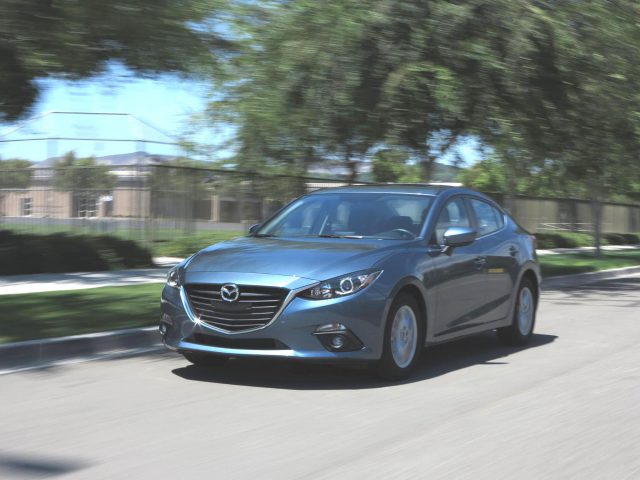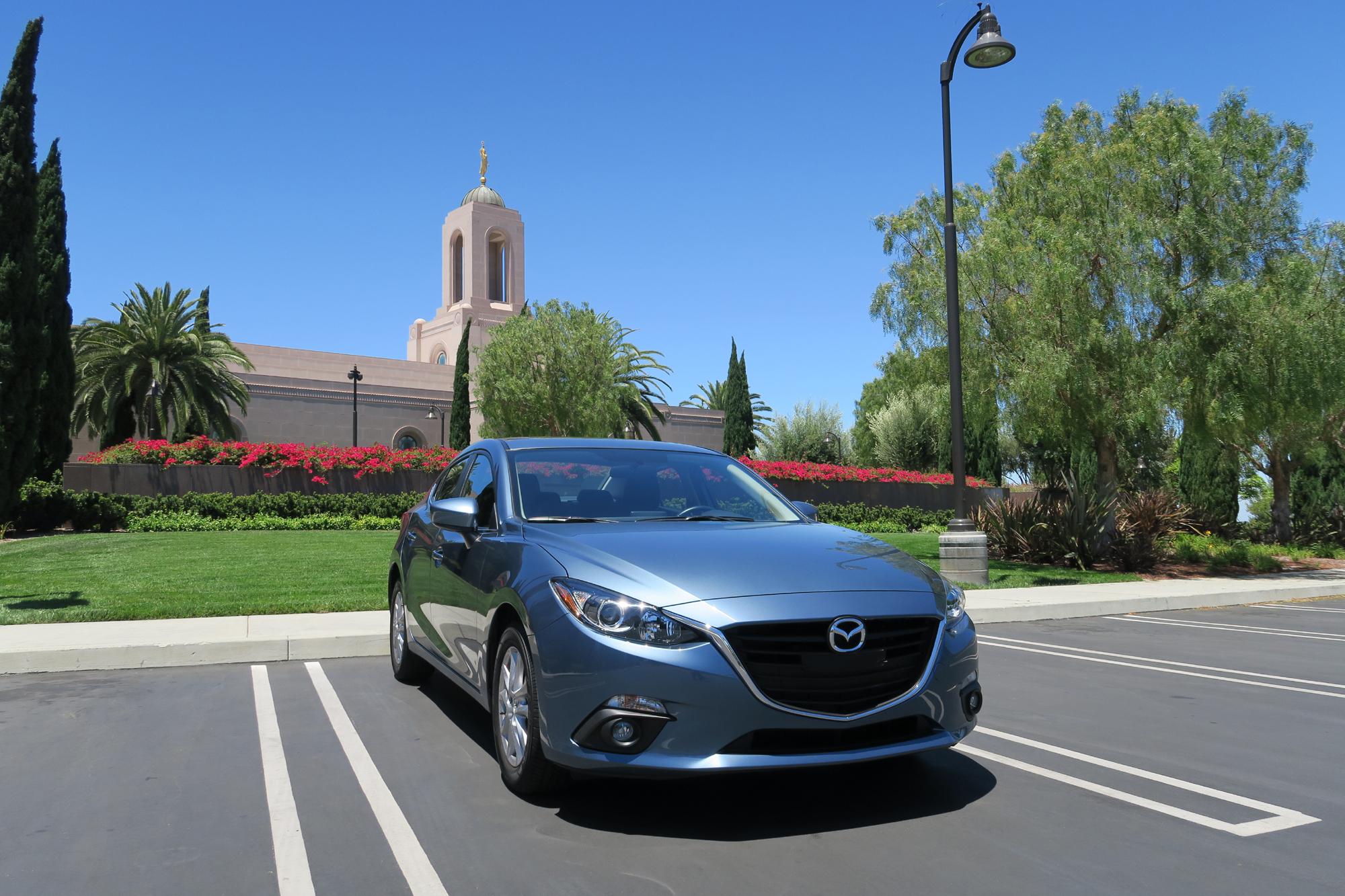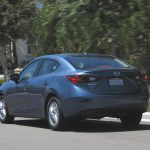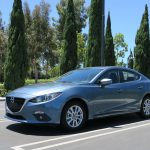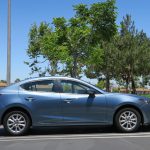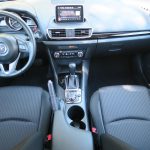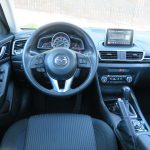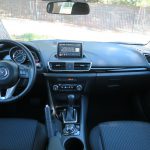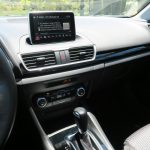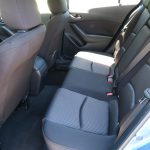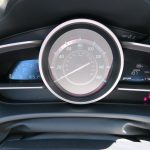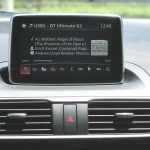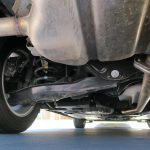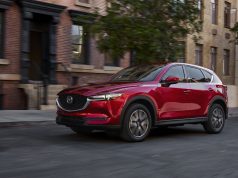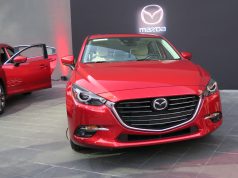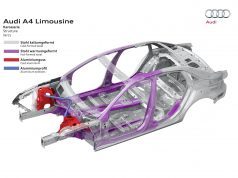Test Car Information
2015 Mazda3 4-Door i Touring
2.0L naturally aspirated I4, 155 hp @ 6,000 RPM, 150 lb-ft @ 4,000 rpm
6-speed automatic transmission, front-wheel-drive
Options: Technology Package
MSRP as tested: $23,135 (including $820 S&H charge)
The Sporty Mazda 3
The moderately-priced compact sedan market has already been overcrowded in the United States. You can easily name quite a few of them: Toyota Corolla, Honda Civic, Nissan Sentra, Ford Focus, Hyundai Elantra etc.
To standout from an extremely competitive market, it is a common sense that a product need to be differentiate itself from other competitors (a.k.a: selling point). With US sales reaches more than 100k unites annually, no doubt the Mazda 3 is a major player in this segment. What are the major selling points that lead to its success?
From my point of view: good handling and the fun-to-drive factor are Mazda 3’s strong points that other competitors cannot match.
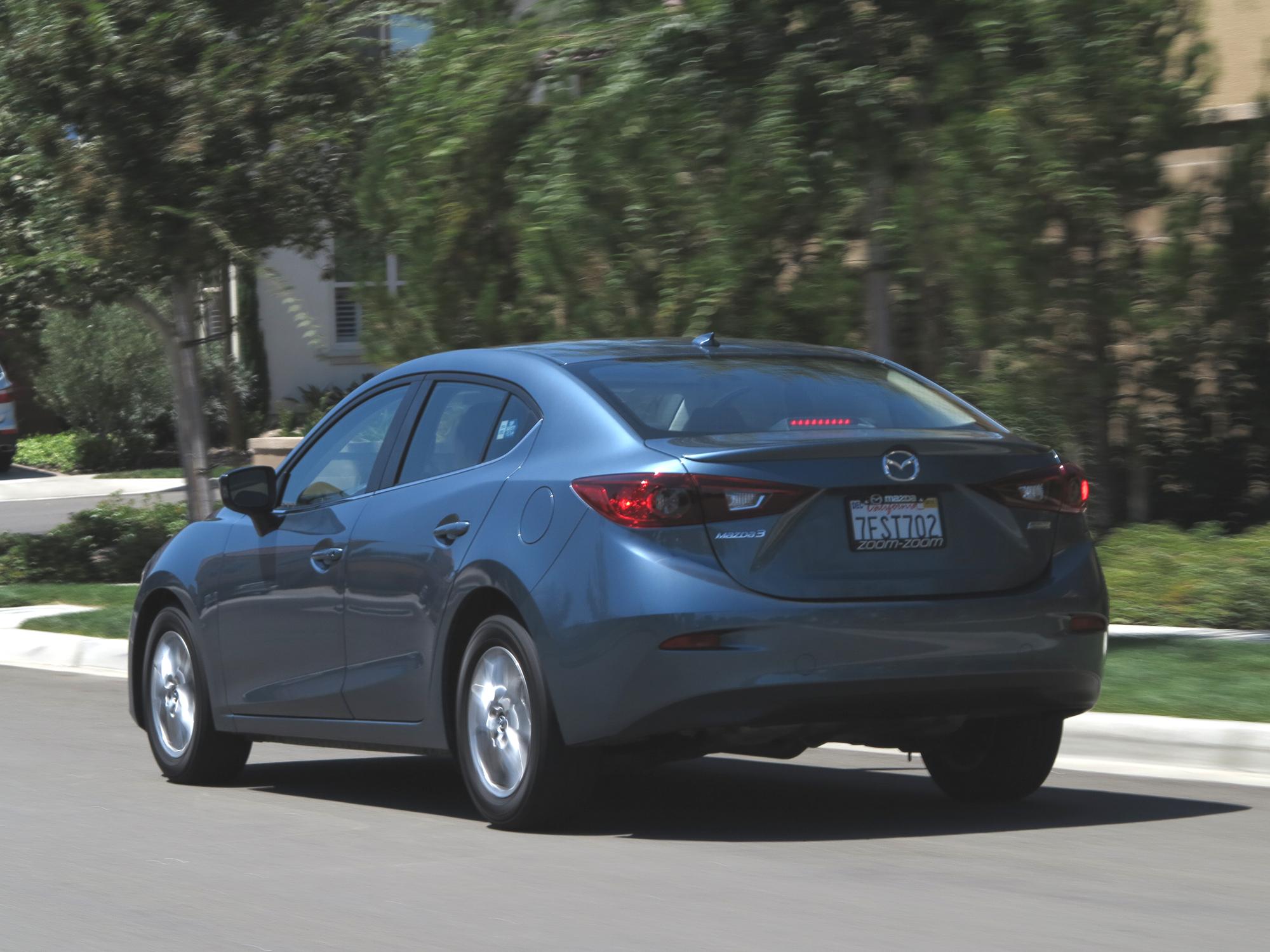
Exterior Design
From the outside one can already tell the sporty gene which are built into the Mazda 3: although it is based on a front-wheel-drive platform, it has a relatively large distance between the front axle and the firewall (means longer engine compartment). This provides the driver a similar steering experience to a RWD or longitudinal engine AWD-layout car.
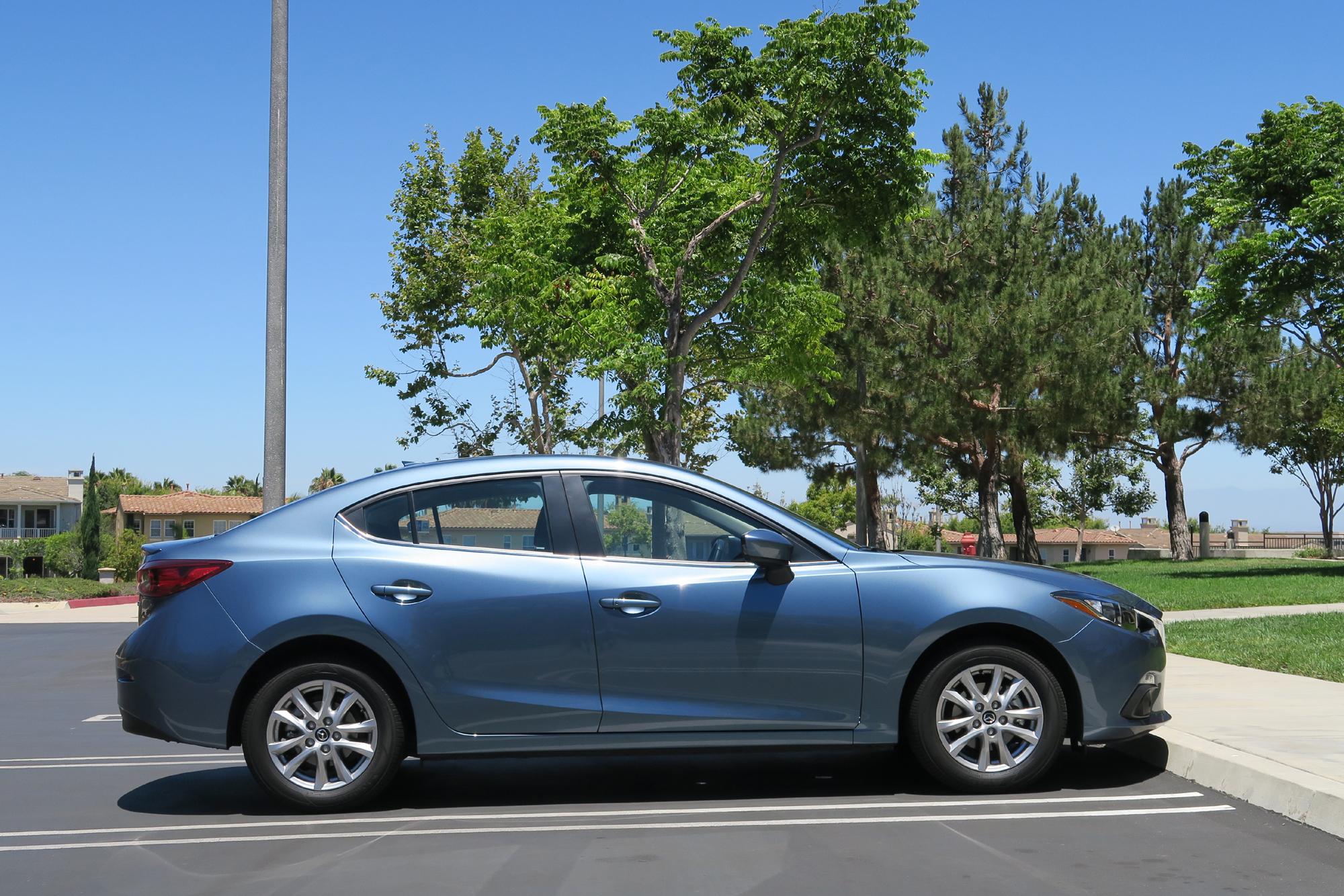
However, the above design pushes the cabin section more rearward, therefore reduces the Mazda 3’s rear leg room. This is an inevitable tradeoff between sporty and practicability.
Chassis
Being sporty is not as simple as just throwing in stiffer springs and dampers. Instead, the design and engineering need a holistic approach: the car body need to be rigid enough to handle the stiff suspension, and also be able to absorb vibrations transmitted from the road surfaces.
When you are driving a car with low body torsional rigidity, you can tell the car body is not 100% rigid (or you feel its body shaking in different frequencies/phases), when driving on roads with broken pavements or lots of potholes. This is not the case for Mazda 3.
The Mazda 3 feels rock solid on all road conditions, thanks to its SkyActiv body design: impact transmitted from the wheels are elegantly filtered by the suspension and chassis; for example: you just feel a gentle and “refined” slight bump when the car hits a pothole, and there is no rattle inside the cabin at all.
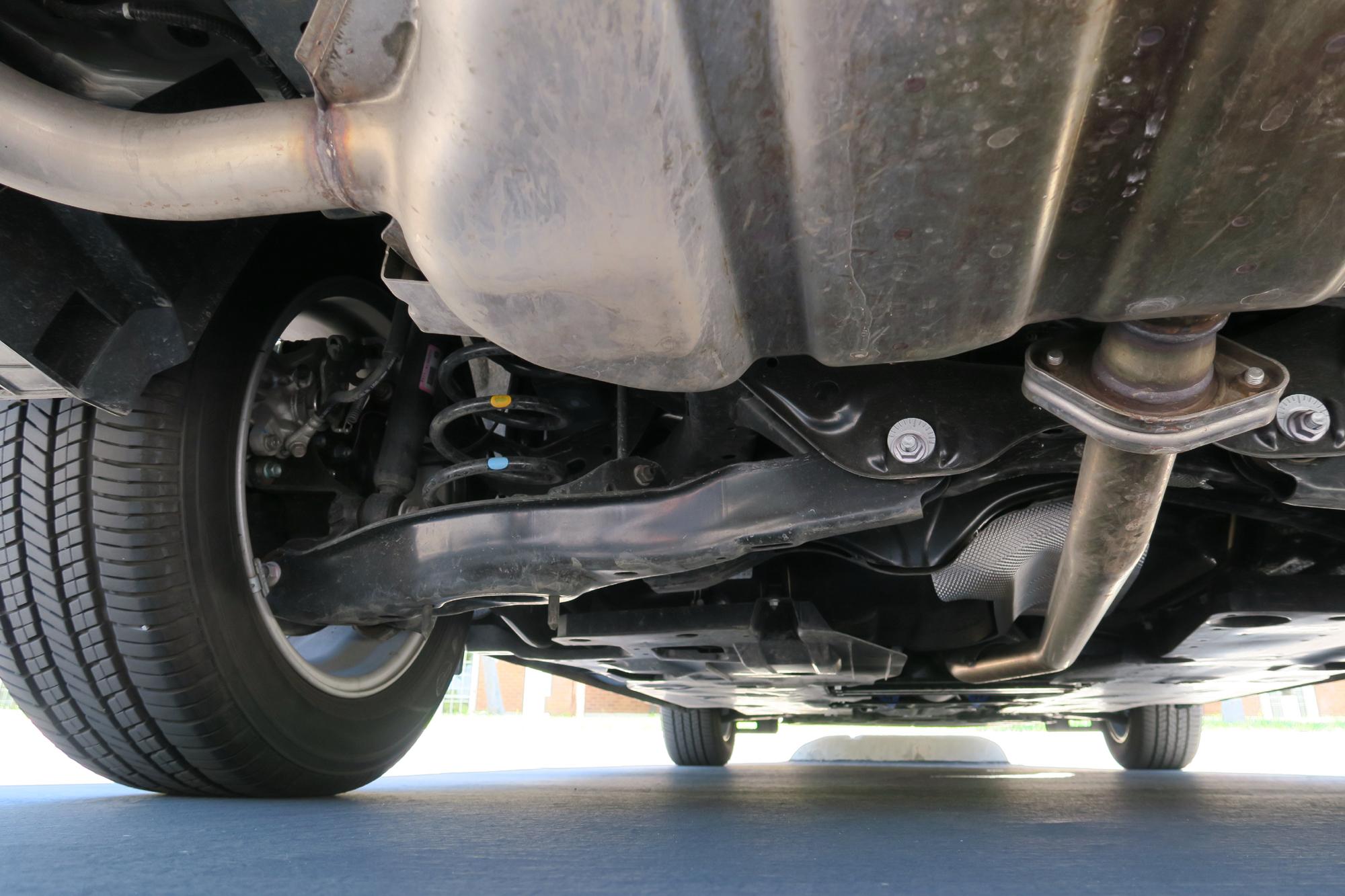
As for the “SkyActiv” technology mentioned above, it is a generic name related to a series of automotive technologies trademarked by Mazda. For example, here the “SkyActiv body” means using light-weight high strength steels in the car body construction (which achieves better crash safety and body rigidity with similar or less weight).
Powertrain
Mazda offers two engines on the Mazda 3: one with 2.0L displacement and another with 2.5L displacement, both use the “SkyActive-G” technology. The SkyActive technology used on Mazda’s gasoline engine can be summarized as one key point: high compression ratio.
Some brief background knowledge: to make an internal combustion engine more fuel efficient, the most fundamental factor is its thermal efficiency. One method to increase the thermal efficiency is by increasing the compression ratio. This is exactly the same approach that Mazda is using within the SkyActive-G technology.
Both of the two engines offered on the Mazda 3 have a high compression ratio of 13.0:1. For such compression ratio, port injection will be more prone to engine knocking, therefore Mazda applies fuel direct injection on them. Generally speaking, the 2.5L engine presents more challenges than the 2.0L engine to achieve the same 13.0:1 compression ratio: because the smaller the single cylinder displacement, the easier to apply high compression ratio; since the 2.5L engine has 25% larger single cylinder displacement than the 2.0L unit, therefore it is harder to achieve that same compression ratio, theoretically speaking.
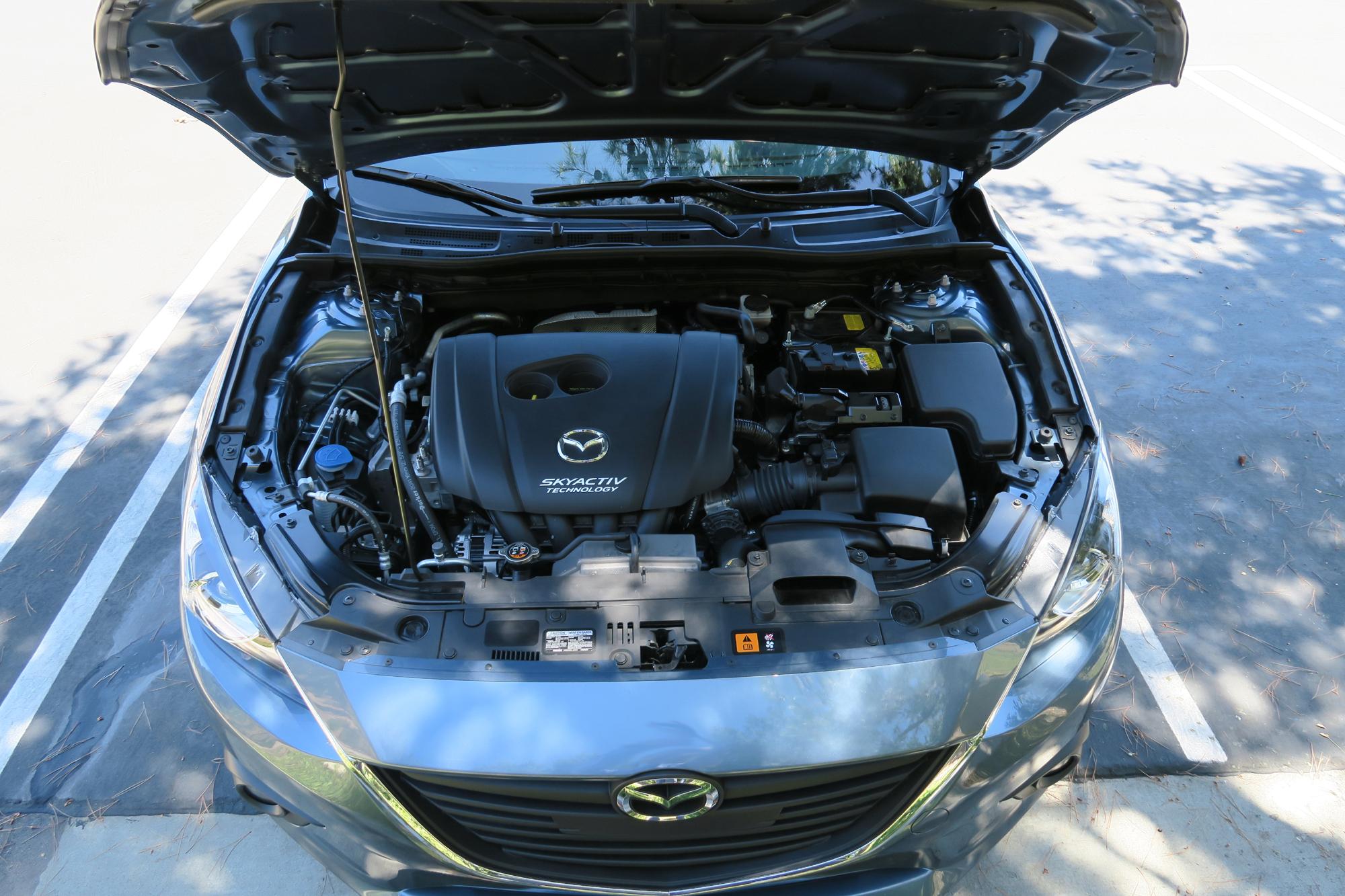
The benefit of using high compression ratio and fuel direct injection is evident. On our test car with the 2.0L engine, which outputs 155hp and 150 lb-ft of torque, provides a respectful thrust when you rev it to around 3k RPM and launching from a standstill. At the same time, fuel consumption is satisfactory: during our test driving period which consists of 2/3 local stop-and-go traffic and 1/3 highway driving, under our extremely spirited driving style, the Mazda 3 returned an average fuel consumption of 26.4 mpg.
Another good stuff in the Mazda3 is its transmission.
While some other competitors have switched to CVT, the Mazda3 keeps the traditional 6-speed automatic transmission instead. Although the CVT offers smoother shifting quality, its power delivery will generate the “rubber band” feel, more or less. To get a more crisp and direct power delivery, traditional automatic transmissions (which uses torque convertor and planetary gear-sets) or DCTs are preferred, and this is exactly true for the Mazda 3. Mazda even goes another step further for car enthusiast who wants to do his own shifting: it even offers a 6-speed manual transmission in lieu of the automatic unit.
Nowadays for many cars, after you pressing down the pedal, the powertrain behaves like it needs to “think” for a while before taking any action, some examples of vehicle that exhibits such delay issues are a certain of BMWs and Mercedes we have tested.
However, what impressed me most in the Mazda 3 is its instant throttle response: once you step on the gas pedal, the engine and transmission react almost instantly without any delay. In other words, the Mazda 3 performs exactly the same way you want it to. This is quite rare in the era of electronic throttle control – where there is no mechanical linkage between the gas pedal and the throttle body, and the throttle plate’s action is fully controlled by the ECU.
In summary, from the mechanical aspect: the relatively long engine compartment, sport-tuned 4-wheel independent suspension, rigid car body and immediate throttle response makes the Mazda 3 the most sporty compact sedan in its segment.
Generous Interior Features
The Mazda 3 uses soft-touch plastic on the top half of the dash, and the bottom half is made with hard plastic, which is a common practice in this segment. The dash’s design is following the “horizontal theme”, which is popular in many sports car nowadays.
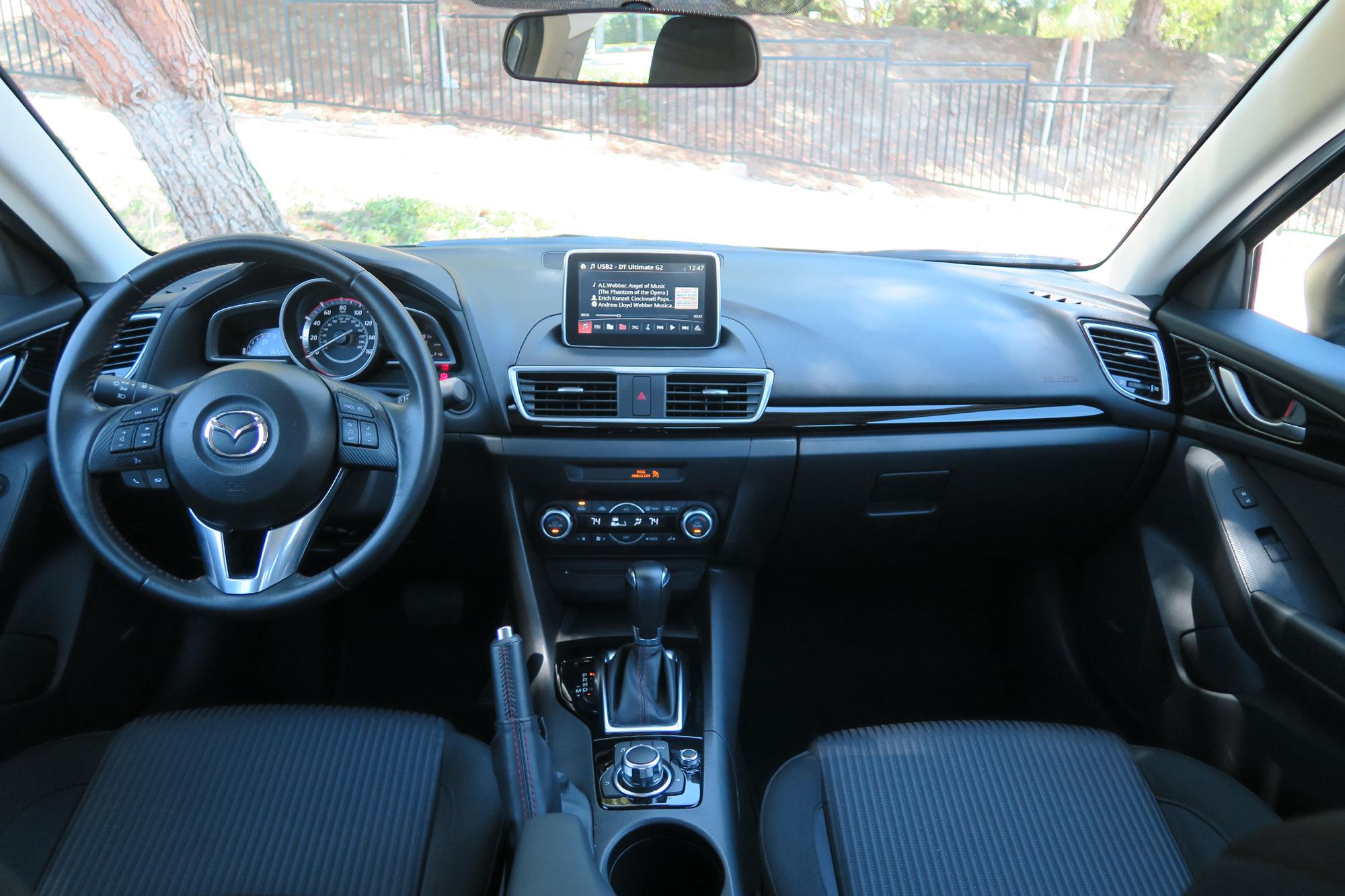
Our test car is the i Touring trim, plus the technology package. This combination is armed with many convenient features that are only seen in luxury cars 10 years ago, the list includes: dual-zone automatic AC, keyless entry, push button start, touch-screen infotainment system etc. In one word: this is pretty much all you want for this type of car.
Surprisingly, although it has a sizable LCD screen and a “Navigation” icon on the main menu, our test car does not come with the navigation feature. When you click at the navigation icon, the system will tell you that feature is unavailable. But don’t be disappointed: if you really want the factory navigation system, all you need to do is to go to your local Mazda dealership, purchase a map data SD card for around $400, and insert it into the SD card slot located inside the center armrest storage bin, then you will get the full navigation functionality working.
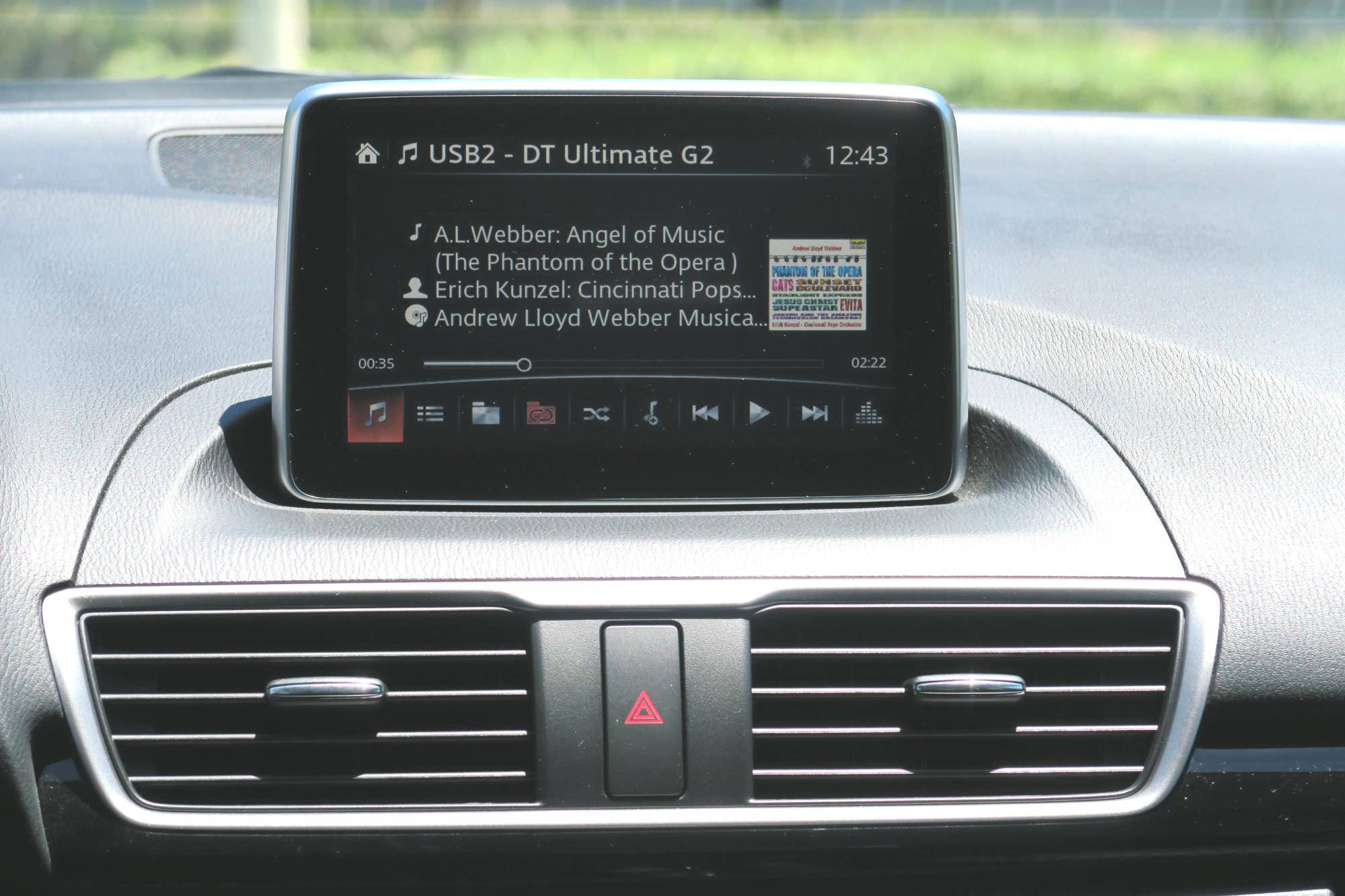
We are generally satisfied with the Mazda 3 as a whole package, however, we have one gripe and it is related to the ergonomics. When the car is in motion, the touchscreen LCD seems to be completely locked out (at least for the audio control screen), the only way you can control it is by using the knobs and buttons panel located behind the transmission shifter. While I understand this may be due to safety concerns, and to prevent distraction while driving, in fact I feel it is equally distracting between looking down to grab the control knob, and tapping on the screen. From my point of view, it is even more convenient for me to tap at the screen directly.
Wrap-up
The Mazda 3 is a very unique vehicle in its market sector. It focuses on the driving experience, offers powerful engines, and thus is arguably the most sporty car among its competitors. Besides, it also has a remarkable balance between sporty and ride comfort. Although being unique also brings sacrifices in practicability such as interior spaces, the good driving experience and fun factors are well worth it.
To close up our review, we invite you to enjoy the below high-resolution gallery of our Mazda 3 test car below.


